The documentary film The Lost Music of Auschwitz commemorates 80 years since the liberation of the Auschwitz concentration camp
A performance on a violin that survived the Auschwitz–Birkenau concentration camp is featured in a new documentary film, The Lost Music of Auschwitz, filmed for Sky Arts to mark the 80th anniversary of the liberation of Auschwitz on 27 January 1945.
The 90-minute film tells the remarkable story of British composer and conductor Leo Geyer’s eight-year mission to piece together a treasure-trove of fragments of manuscripts found in the archives of the Auschwitz-Birkenau Museum. He and his orchestra, Constella Music, perform the music he has painstakingly reconstructed. Musical performances are interwoven with powerful interviews with some of the last remaining survivors.
The documentary features a performance by violinist Antal Zalai, filmed in Auschwitz itself, playing on an instrument that survived the camp. He performs the premiere of a work dedicated to the violinist Jakub Segar, a Romani musician from Breslau (today’s Wrocław), who was a member of the Auschwitz I Men’s Orchestra.
The Auschwitz–Birkenau camp held at least six orchestras, formed of prisoners and commissioned by the SS. Many of the manuscripts that survived are almost too faint to read, while others are damaged beyond recognition.
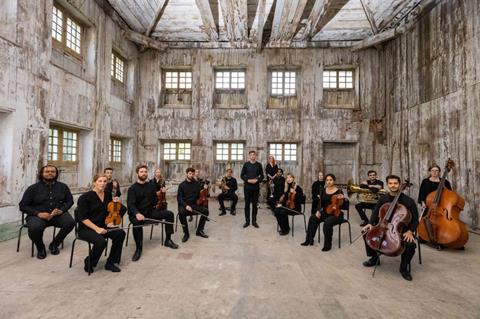
Geyer writes: ‘For the best part of a decade, I have been piecing together the fragments of music manuscripts that have been overlooked in the archives at the Auschwitz-Birkenau State Museum. It’s been a slow and exhausting process, involving countless hours at my desk and ten research trips to Auschwitz to study the music in one of the blocks within the camp itself. None of the manuscripts were complete, with missing parts and scores, some with burnt edges and rips and others written in faded pencil. The musical equivalent of several hundred jigsaw puzzles all jumbled up together with countless missing pieces. With musical detective work, I’ve been able to piece the manuscripts together, by studying the fragments and cross-referencing them with testimonies and photographs, and sensitively re-composing any missing gaps. After almost ten years of painstaking work, the documentary, The Lost Music of Auschwitz, will enable the public to hear this music for the first time.
‘The purpose of my restoration work is to enable this music to be heard exactly as it would have sounded in Auschwitz. As a result, I have been a restorer, and not a composer. I have not had the opportunity to commit my own feelings into music, and nor did I know how I could. This was until, I discovered the story of the Roma violinist, Jakub Segar. Like all incoming prisoners, he was stripped of his clothes and belongings. However, he could not bear to be parted with his violin, so stark naked, he performed for his life. He was spared from immediate death in the gas chamber and admitted to the orchestra. He could not read music, but he only needed to hear the melody once and he’d play it back perfectly. Testimonies describe him as the best violinist in the orchestra.

‘So, in homage to Jakub, I wrote a solo violin composition drawing on Romani musical traditions. I poured my own emotion into this piece. You might think that after ten years researching the orchestras of Auschwitz, that I might have developed some immunity to the horrors. But in fact, the weight of this history has become heavier and more difficult as I have become more knowledgeable. There are no words I can use to describe my response to humanity’s darkest moment, but I can something in music. It is, after all, an abstract art form, with the ability to speak beyond specific meaning. Music conveys pure emotion in a journey through time. From the depth of one mind to another, we understand each other perfectly, with exchanging a single word.
‘In the documentary, The Lost Music of Auschwitz, Antal Zalai the concert violinist of Roma ethnicity performs my Homage to Jakub Segar in Auschwitz. Not only that, but Antal plays on a violin that was in Auschwitz and was restored. For me, this was most powerful performance in the documentary. The Nazis tried to wipe out Jewish and Romani people, and they weaponised music by forcing musicians to playing marching music while their fellow prisoners carried the dead. But they failed. Now, 80 years on, through this music, we can remember and learn. We must be better.’
The Lost Music of Auschwitz will be broadcast at 9pm on 20 January on Sky Arts, Freeview and NOW
The number one source for playing and teaching books, guides, CDs, calendars and back issues of the magazine.
In The Best of Technique you’ll discover the top playing tips of the world’s leading string players and teachers. It’s packed full of exercises for students, plus examples from the standard repertoire to show you how to integrate the technique into your playing.
The Strad’s Masterclass series brings together the finest string players with some of the greatest string works ever written. Always one of our most popular sections, Masterclass has been an invaluable aid to aspiring soloists, chamber musicians and string teachers since the 1990s.
The Canada Council of the Arts’ Musical Instrument Bank is 40 years old in 2025. This year’s calendar celebrates some its treasures, including four instruments by Antonio Stradivari and priceless works by Montagnana, Gagliano, Pressenda and David Tecchler.
Reference
‘


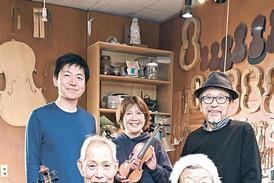
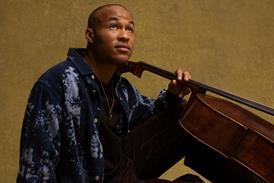
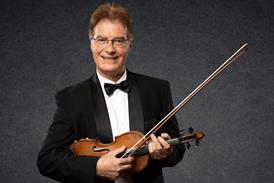
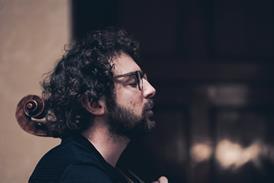
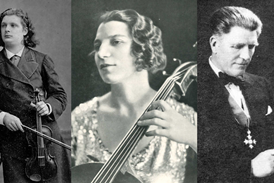


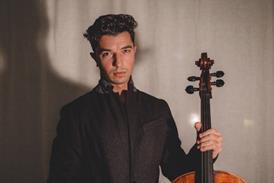
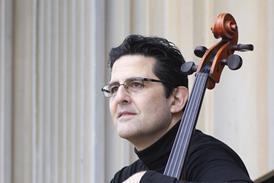
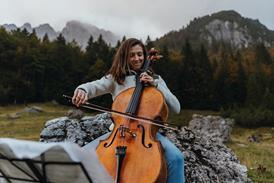
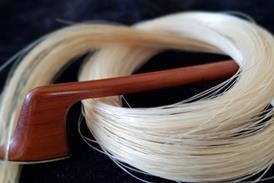
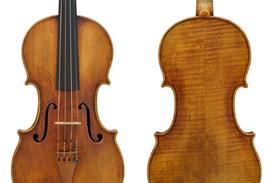

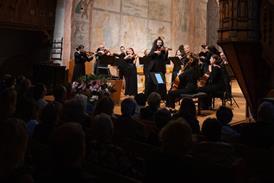

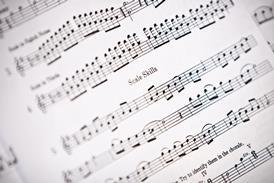
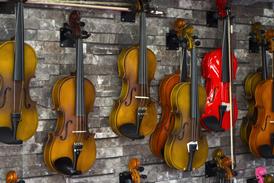

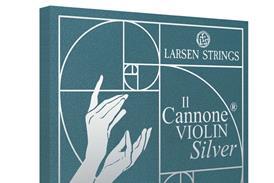
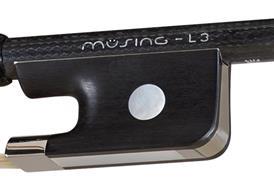
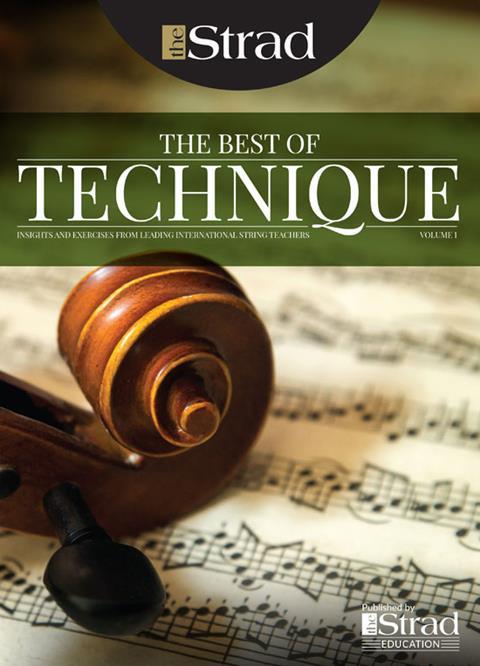
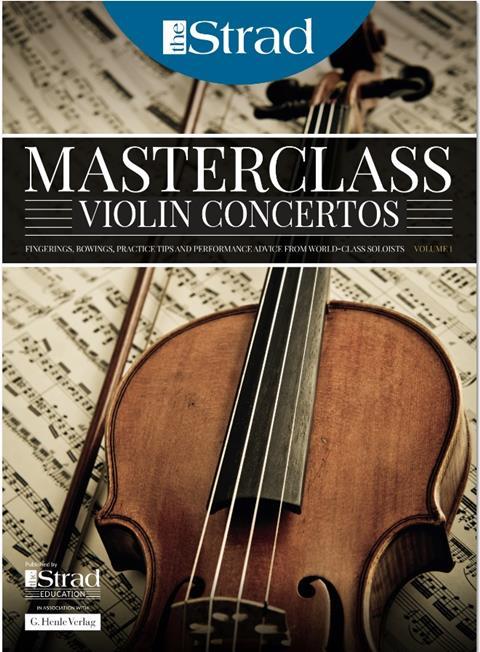
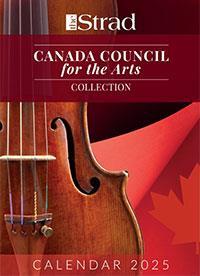


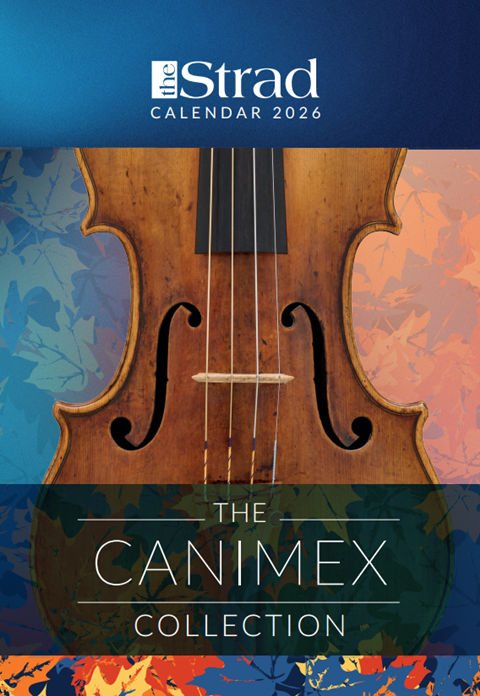
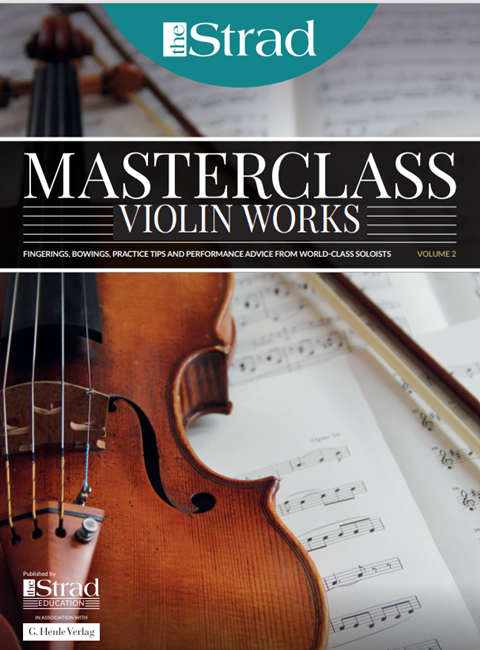
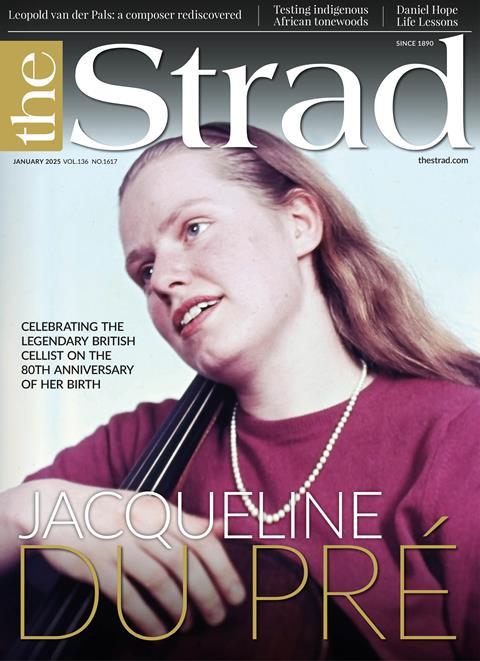
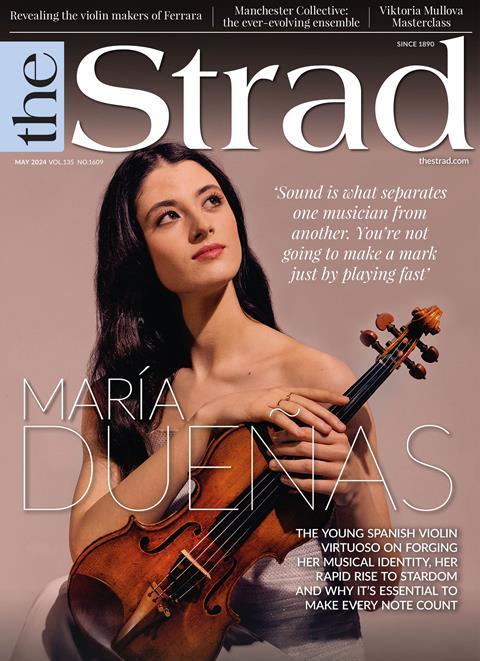
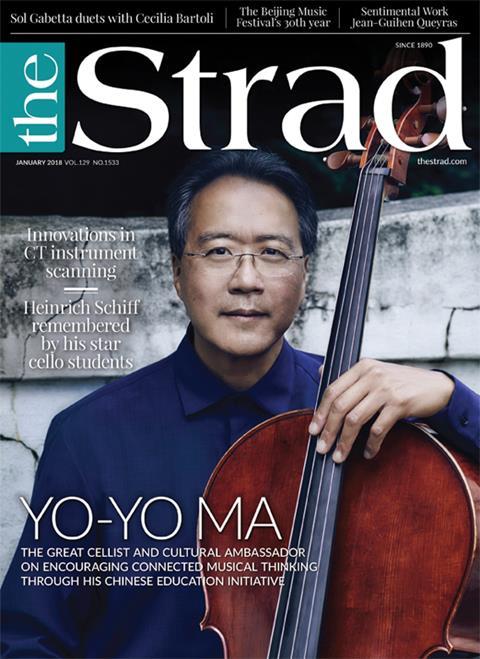












No comments yet